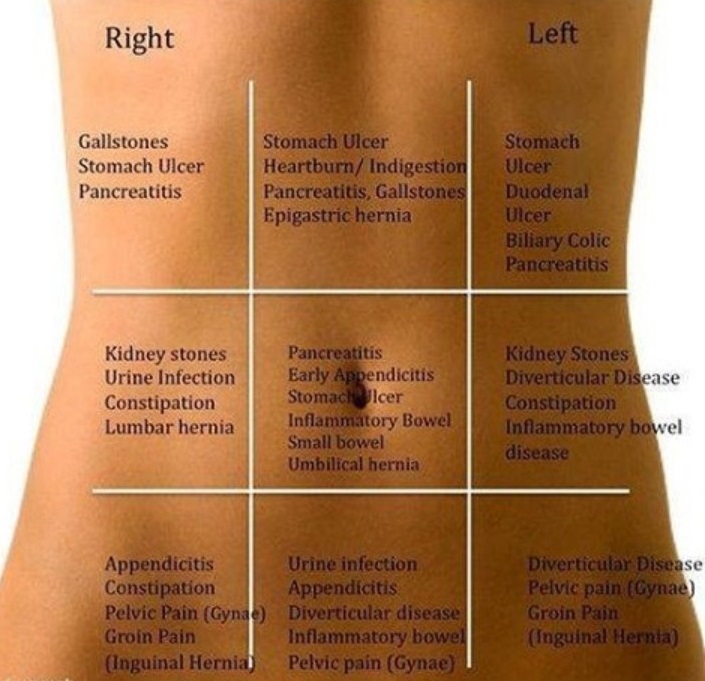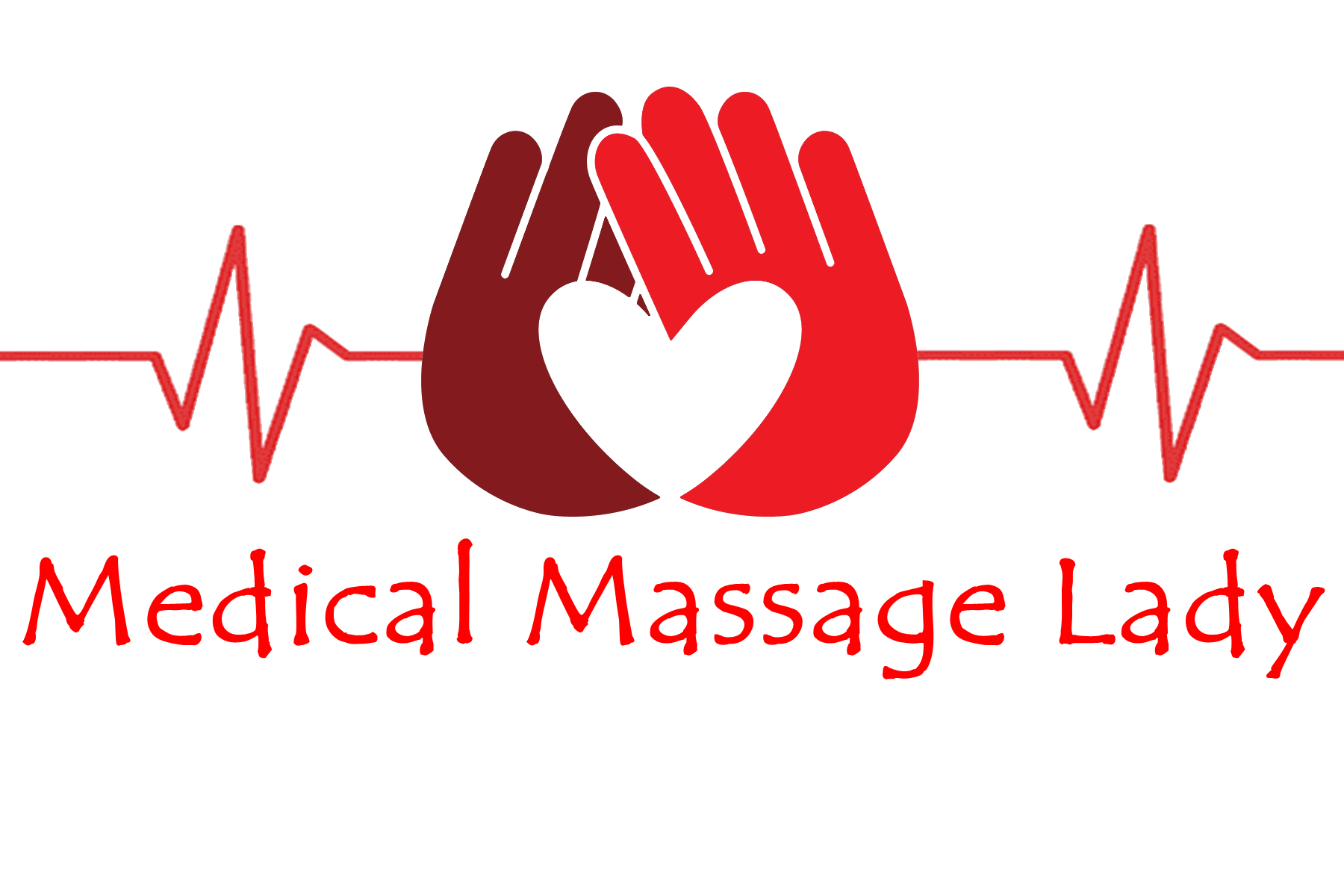- 07736 104738
- sam@medicalmassagelady.com
- Mon - Sat, 8:00 - 18:30
IBS, Irritable bowel syndrome affects the colon (large intestine) & is a fairly common problem. Although IBS does not permanently damage the large intestine, it can really restrict a person’s lifestyle, but massage can offer relief. The problem may be finding a therapist who does this kind of massage, as abdominal massage isn’t always included in a full body massage, & you need to ensure that the therapist is experienced in dealing with this problem.
Common IBS symptoms can be triggered by certain foods, hormonal imbalances, stress or anxiety, & include:-
- Constipation – massage stimulates peristalsis, decreases colonic transit time and increases the frequency of bowel movements. It also reduces discomfort and pain
- Diarrhoea –massage in an anticlockwise motion can almost create mild tension in the bowels to relieve pain and soothe intestines. Diarrhoea can sometimes be caused by an ill-functioning ileocecal valve.
- Bloating – massage will help to improve peristalsis and move stools along
- Flatulence – massage helps to improve peristalsis, & move stools along, reducing pressure in the bowel pain & cramps in the abdomen
– massage helps by regulating peristalsis and reducing pressure in the bowel frequency & urgency of bowel & bladder movements
– massage helps to regulate peristalsis and reduce overstimulation caused by stress and certain foods
- Fatigue and lack of energy
The muscles lining the intestinal walls contract stronger in someone with IBS than in a healthy person, so food passes through the colon faster, causing diarrhoea or gas. Food can also pass through too slowly & cause constipation.
Stress does not cause IBS but can increase the frequency & severity of symptoms, so by relieving stress, regular massage can help improve symptoms.
CONSTIPATION:-
I have many years experience in using massage as a treatment for constipation in children with cerebral palsy, & certain massage techniques & use of pressure points can stimulate peristalsis & improve sluggish digestion, to relax abdominal muscles, relieve bloating & flatulence & help introduce a more regular pattern of bowel movements. For an experienced practitioner, it is easy to palpate the abdomen & feel lumps of faeces in the bowel, & gradually move it along the bowel through massage. However, too much massage in one session can cause inflammation of the bowel which will cause more problems. By clearing any congestion in the descending colon & improving peristalsis, the chances of a successful treatment will be higher. Once this is done, specific techniques can be used to break down any blockage & then slowly push it through the colon. The reasons for any blockage must be determined before treatment, however, as some contributing medical conditions are contraindicated.
Abdominal massage can also:-
• improve respiration as tight abdominal muscles increase pressure within the abdomen which then resists the natural movement of the diaphragm
• improve digestion by relaxing & toning the abdominal muscles, releasing any adhesions to the internal organs & improving blood flow
MUSCULAR CAUSES OF ABDOMINAL PAIN

There are various conditions which may cause abdominal pain, but it may also be caused by trigger points in the stomach muscles, as is the case with menstrual pain. The difficulty is that trigger points may cause intense pain in a specific point or diffuse and hard to locate.If the abdominal pain appears to be connected with specific movements or postures, then tight muscles with trigger points in them are the likely cause, and these can cause other symptoms such as:-
- bloating
- gas and belching
- nausea, vomiting or diarrhoea
- stomach and bladder cramps
- heartburn, acid reflux
- fullness
- loss of appetite
- pelvis may be tilted forward or backwards
- mid-spine may be tilted sidewards (scoliosis)
- referred pain in the back, groin or thighs




